A Turkey Story
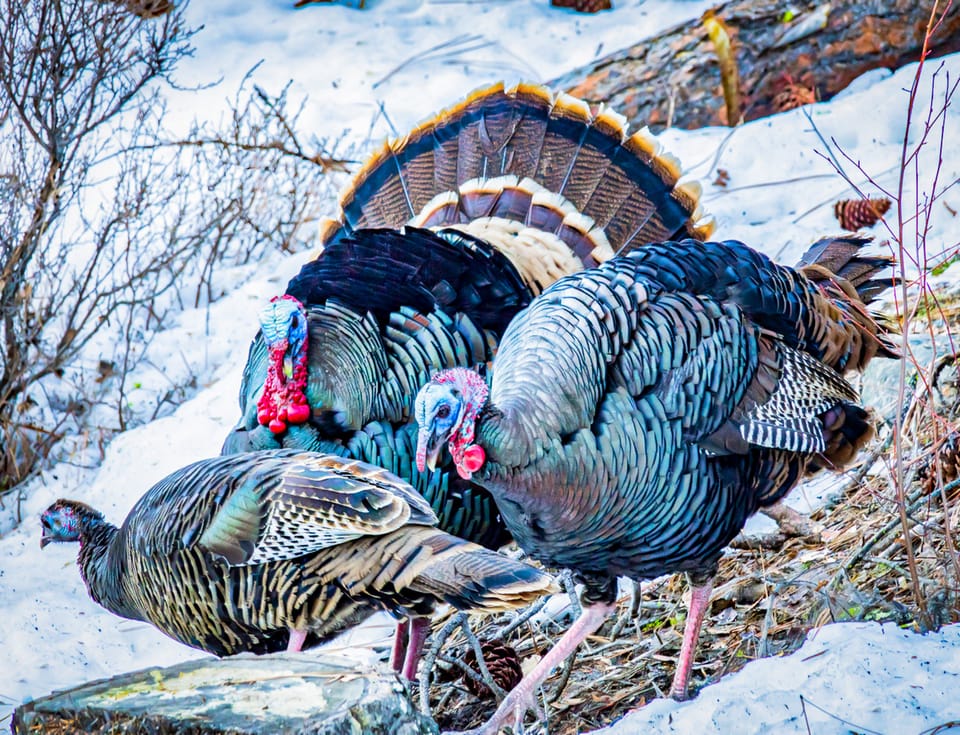
We are familiar with turkeys as a tasty Thanksgiving meal, or as flocks of wild birds wandering through our yards and neighborhood parks.
But this remarkable animal has a much deeper story.
Turkeys might be on your mind right now. Not only do a third of all households in the United States eat 46 million turkeys on Thanksgiving Day, but this is the time of year when wild turkeys are hard to overlook as they gather in flocks that can reach 200 birds.
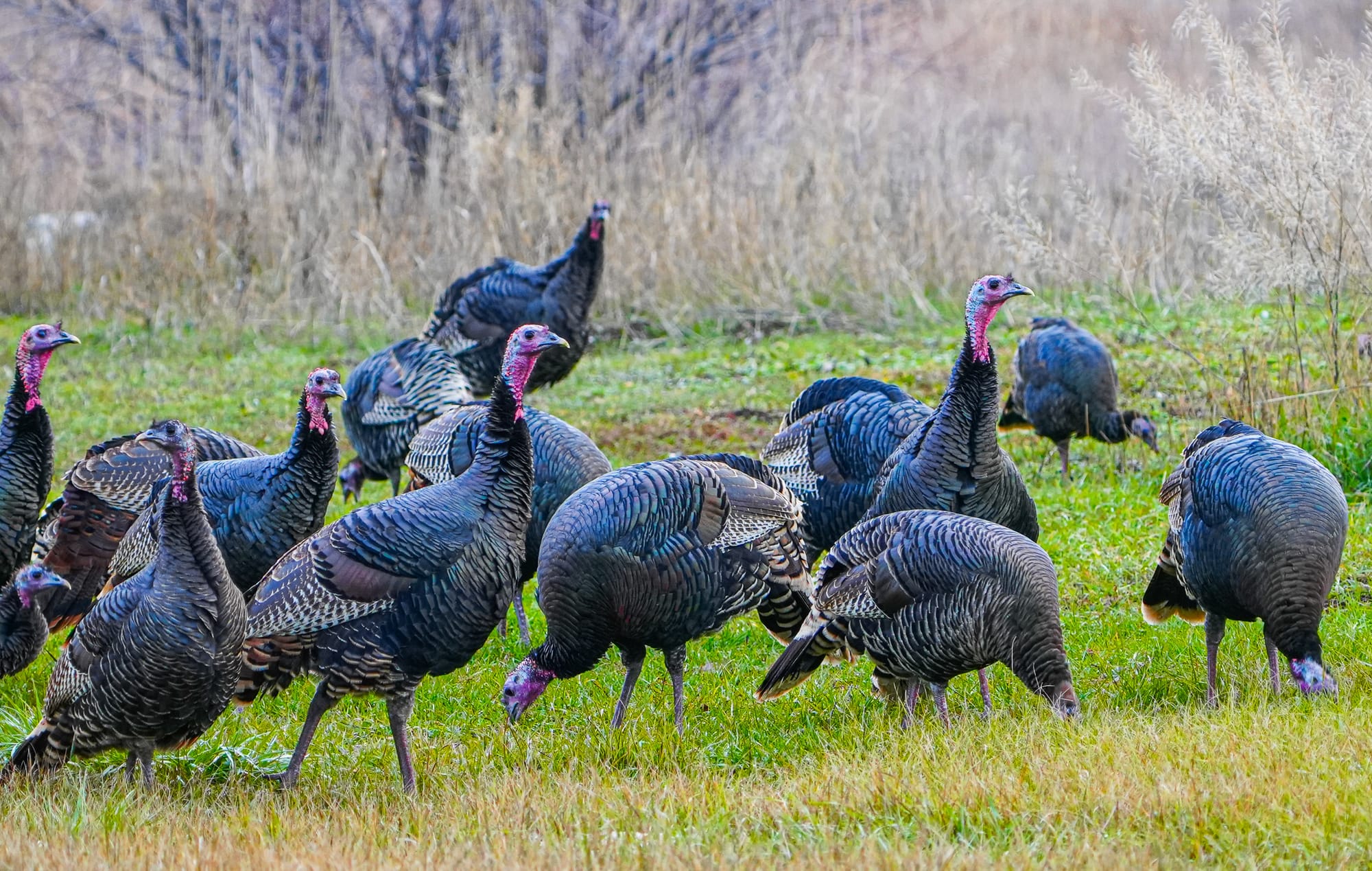
Part of our obsession with turkeys extends to hunters who lobby wildlife agencies to release wild turkeys in places where they don't naturally occur, which means that wild turkeys are now found in every state.
What's astonishing is how far back this obsession goes.
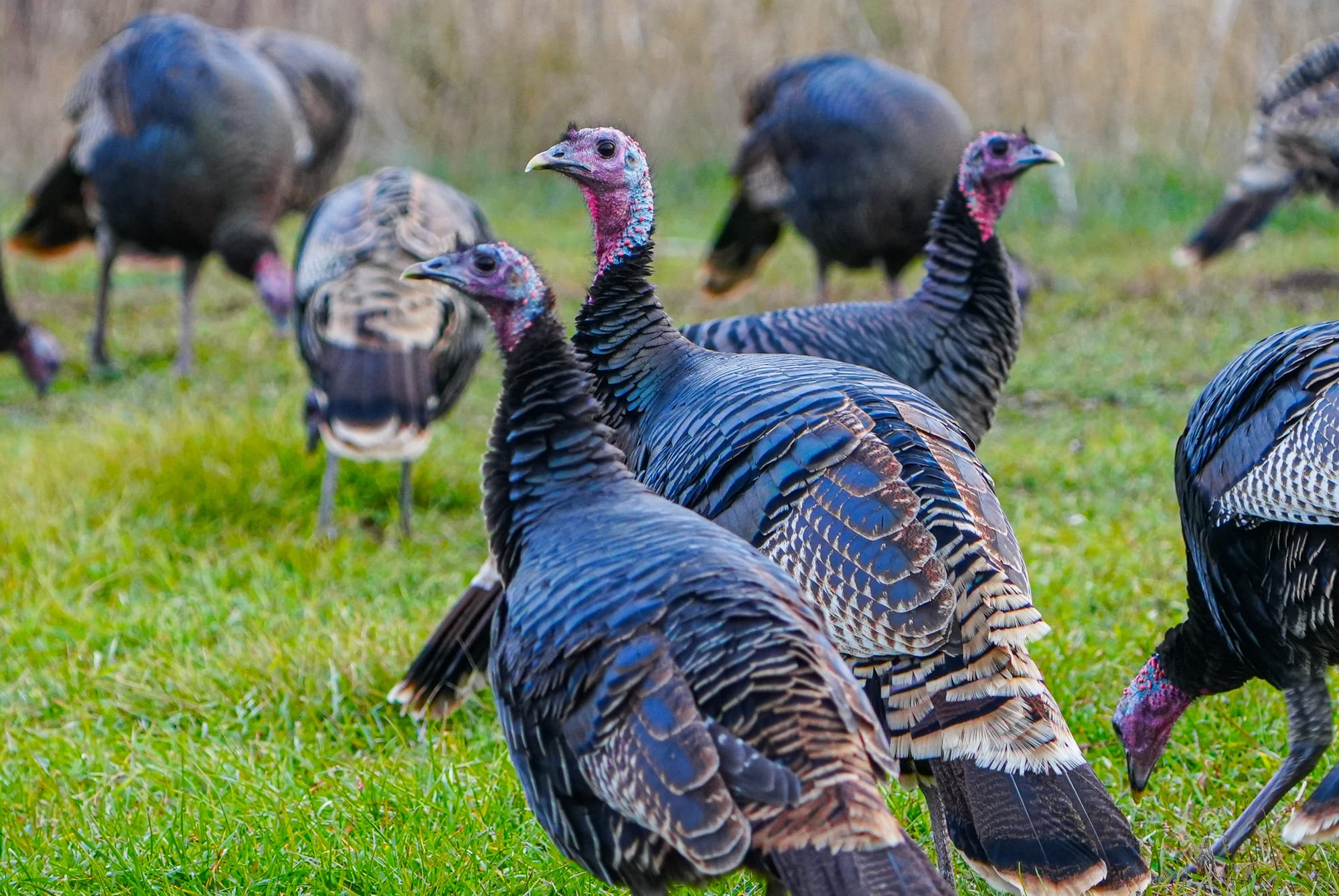
Archeological records indicate that turkeys were first domesticated 2000 years ago in southern Mexico, while Pueblo cultures in the Four Corners region of the Southwest independently domesticated turkeys around the same time.
Turkeys are the only domesticated animal that originated in North America.
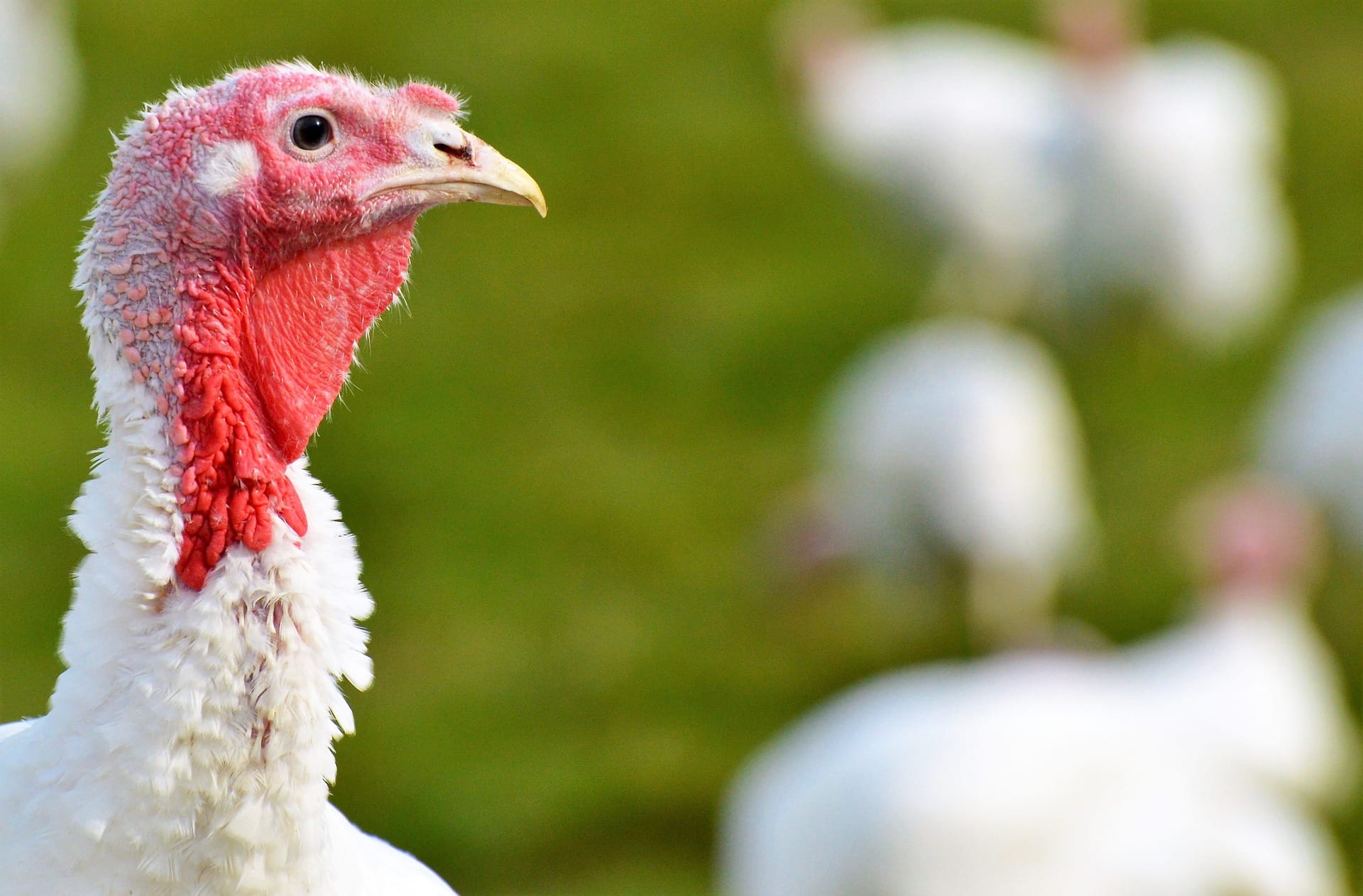
Surprisingly, archeological evidence suggests that turkeys might have first been domesticated more for their symbolic and utilitarian value than as a food source, with both their feathers and bones being ritually celebrated and used in numerous ways.
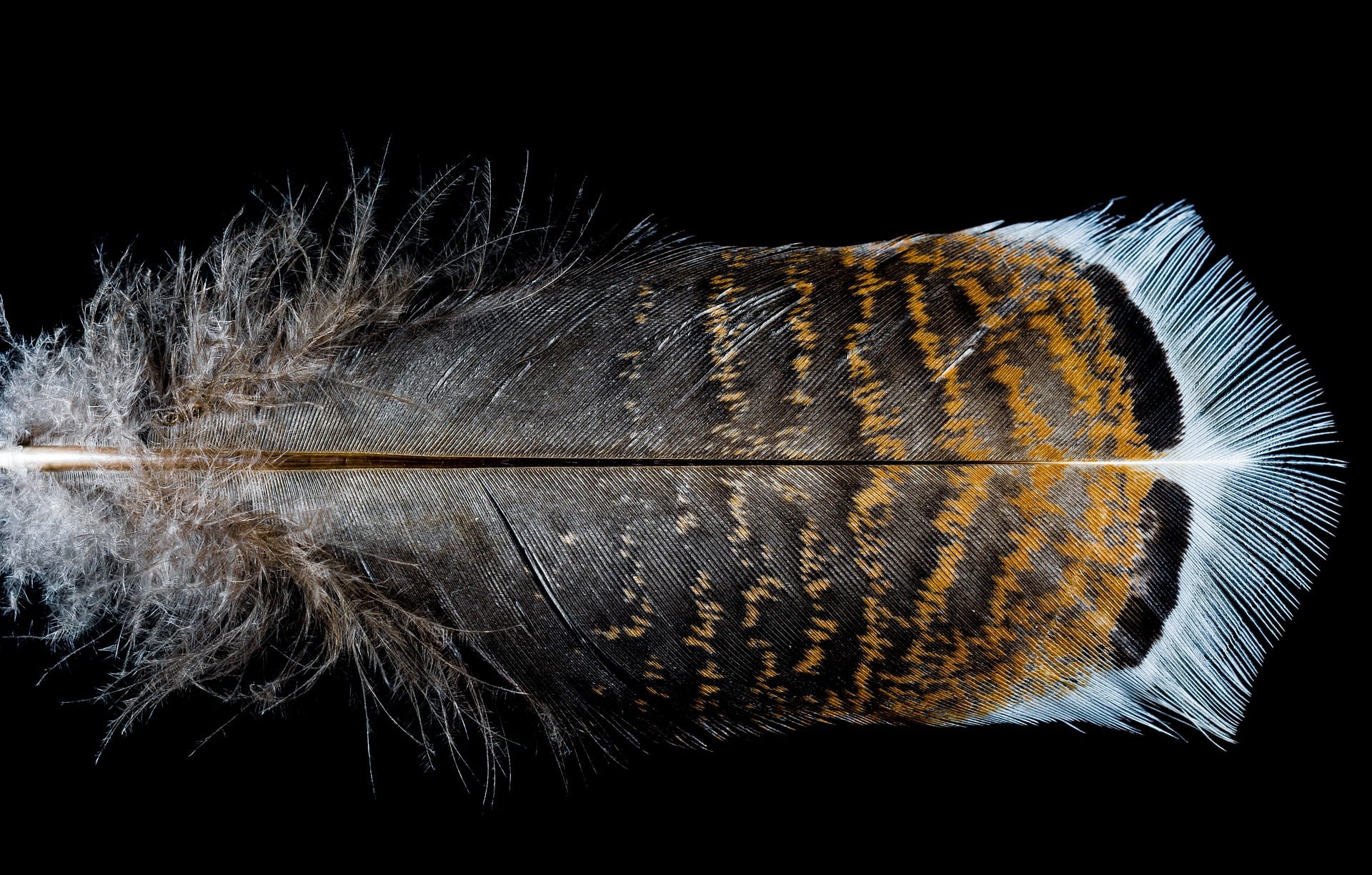
Ultimately, they ended up becoming a staple food item, and when Spanish conquistadors invaded the Aztec empire in the 1500s, they were introduced to this delicious food.
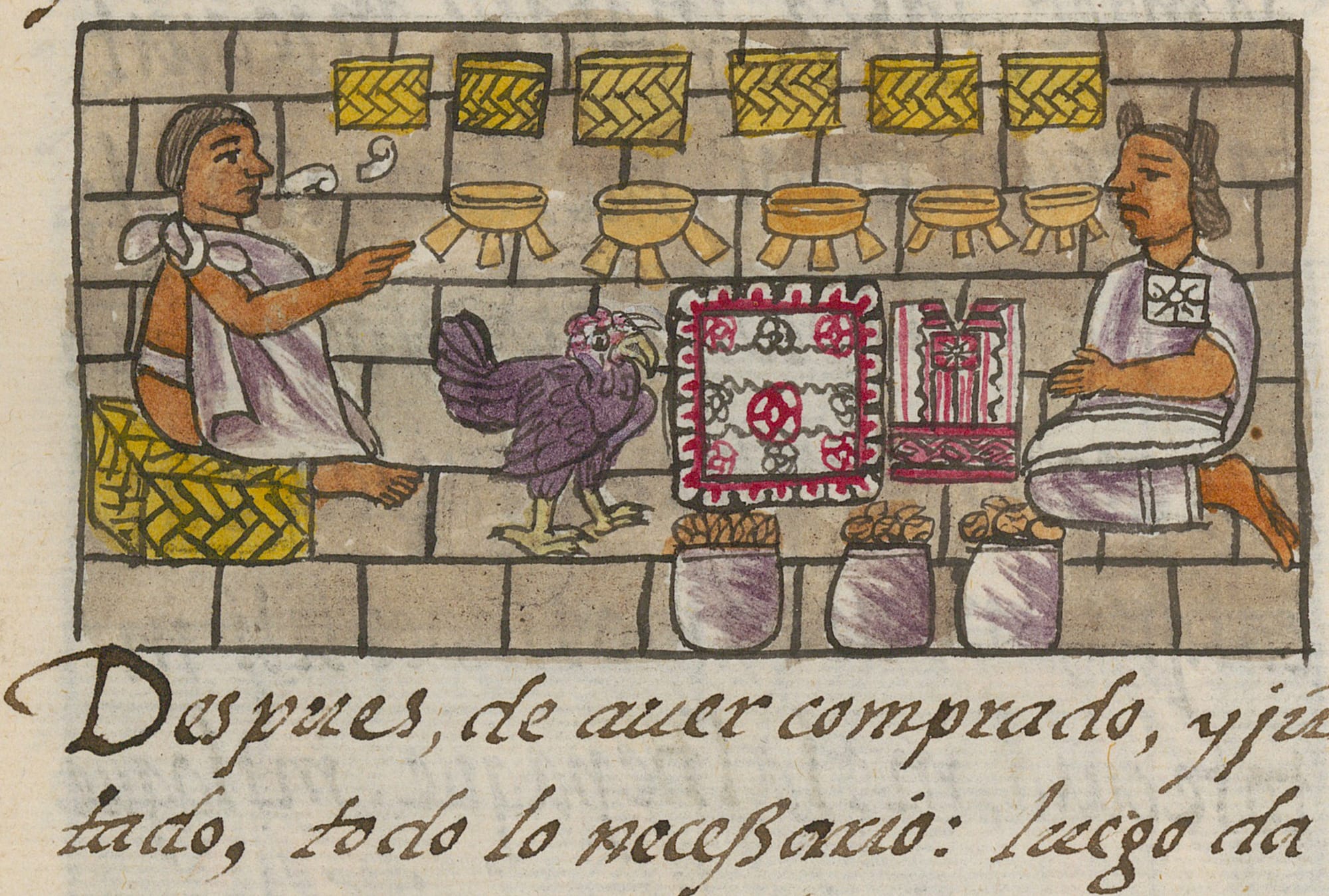
Spaniards subsequently brought domesticated turkeys back to Europe, where the bird's sweet, moist meat was an instant sensation at a time when storks, herons, and bustards were considered the pinnacle of fine dining.
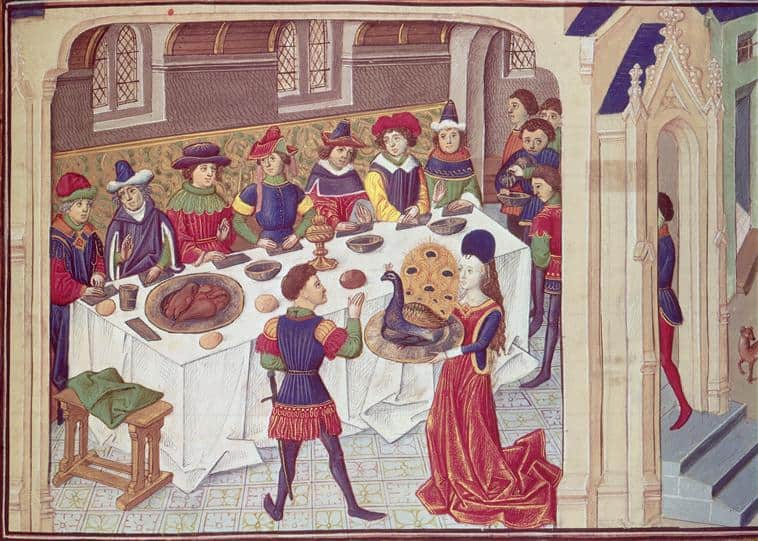
By the early 1600s, turkeys had become a staple barnyard animal, so it must have come as a shock to European colonists when they brought turkeys with them to New England only to discover wild turkeys already being eaten by the Native peoples they encountered.
In fact, wild turkeys in New England probably tasted even better because they had spent their lives fattening up on abundant acorns, walnuts, and other oily nuts. If the legend about pilgrims and Native Americans celebrating Thanksgiving together is true, then it must have been a delicious meal.
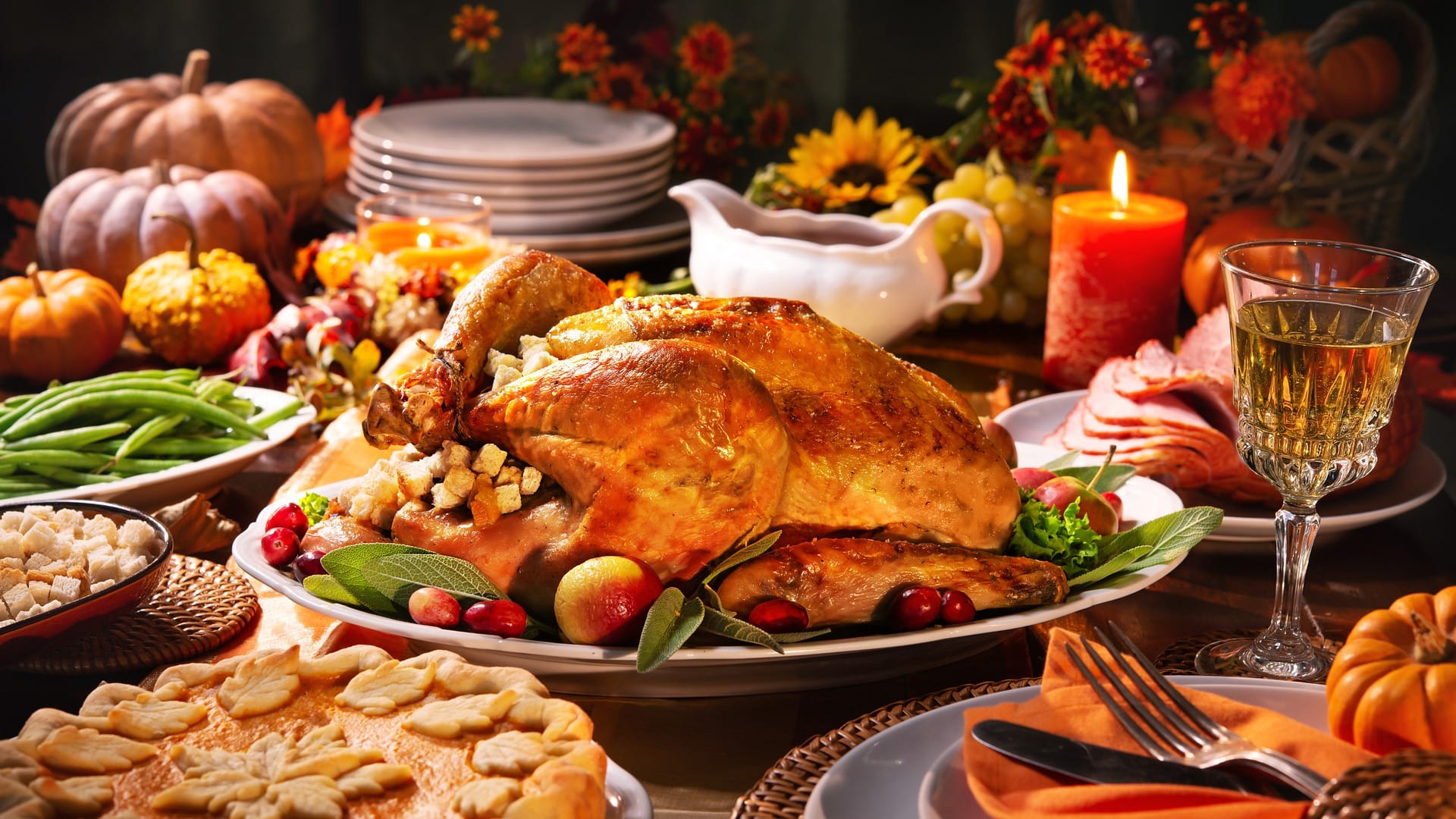
Ironically, despite the enduring legacy of turkeys and their subsequent spread into one of the world's most abundant birds, the native subspecies that were first domesticated in southern Mexico are now extinct, and turkeys domesticated by the Pueblo peoples disappeared long ago.
We are fortunate that the spirit of these long-lost birds lives on as we celebrate this Thanksgiving Day.
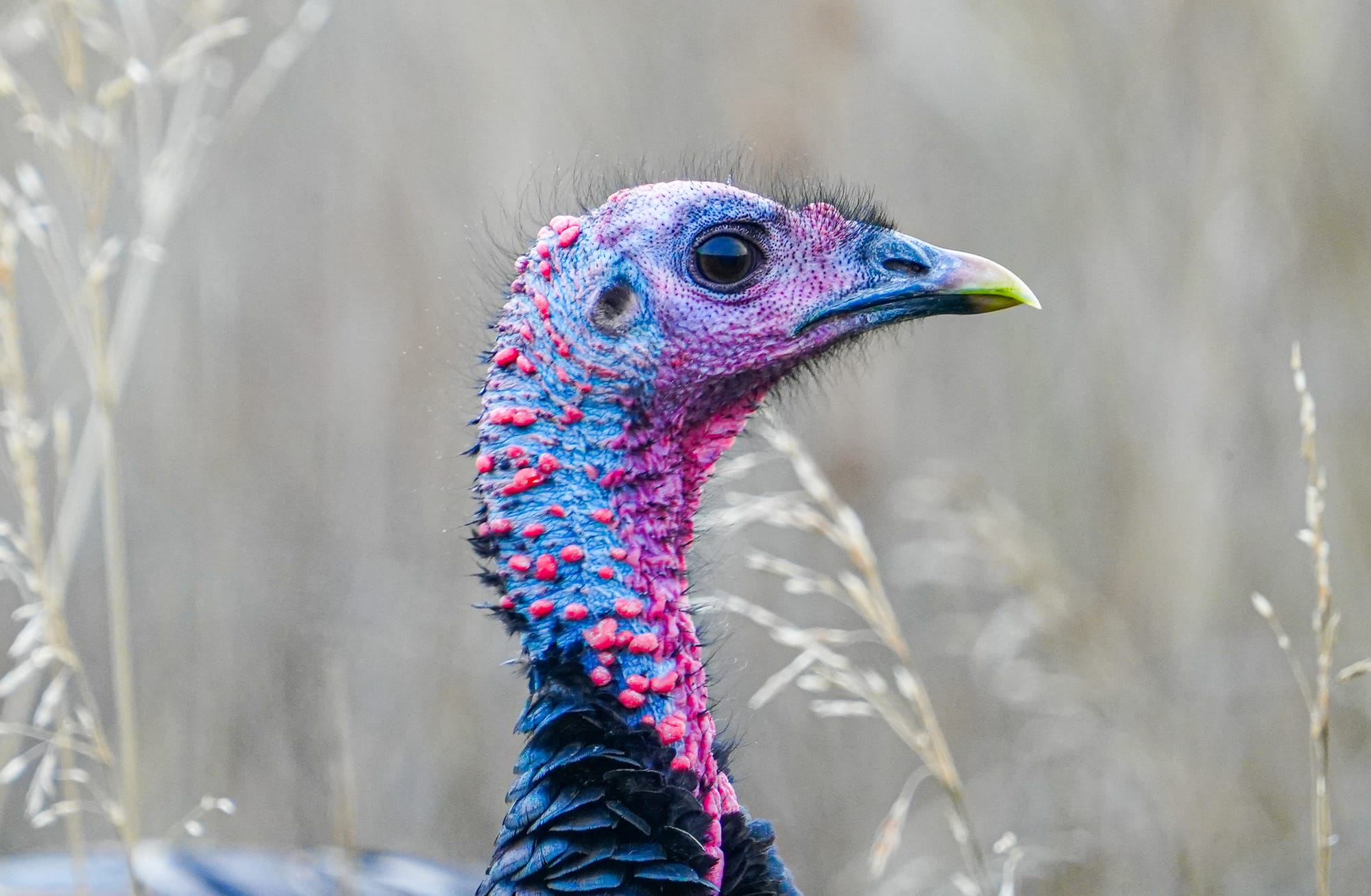

Member discussion